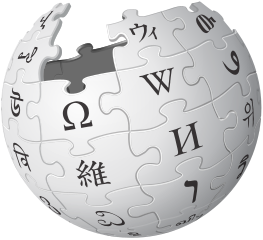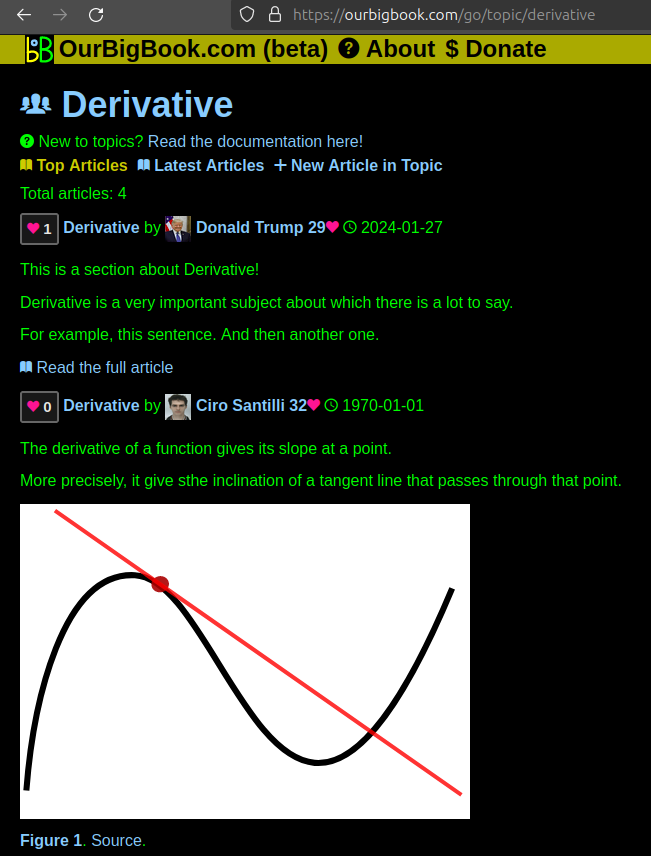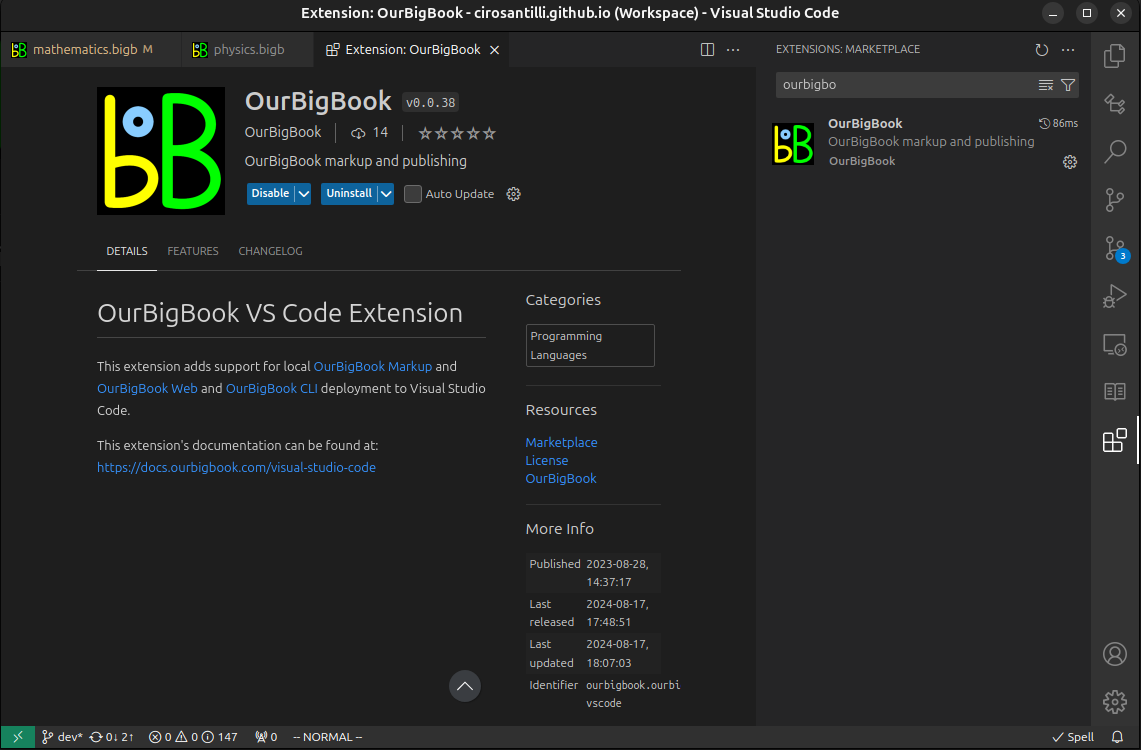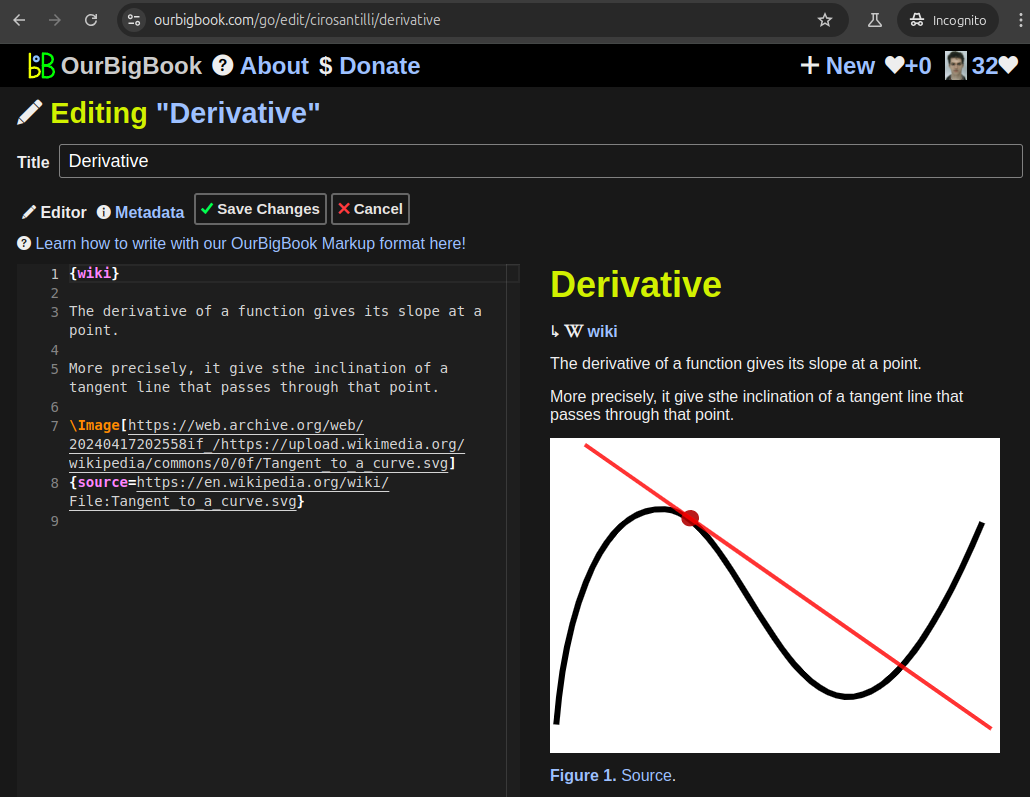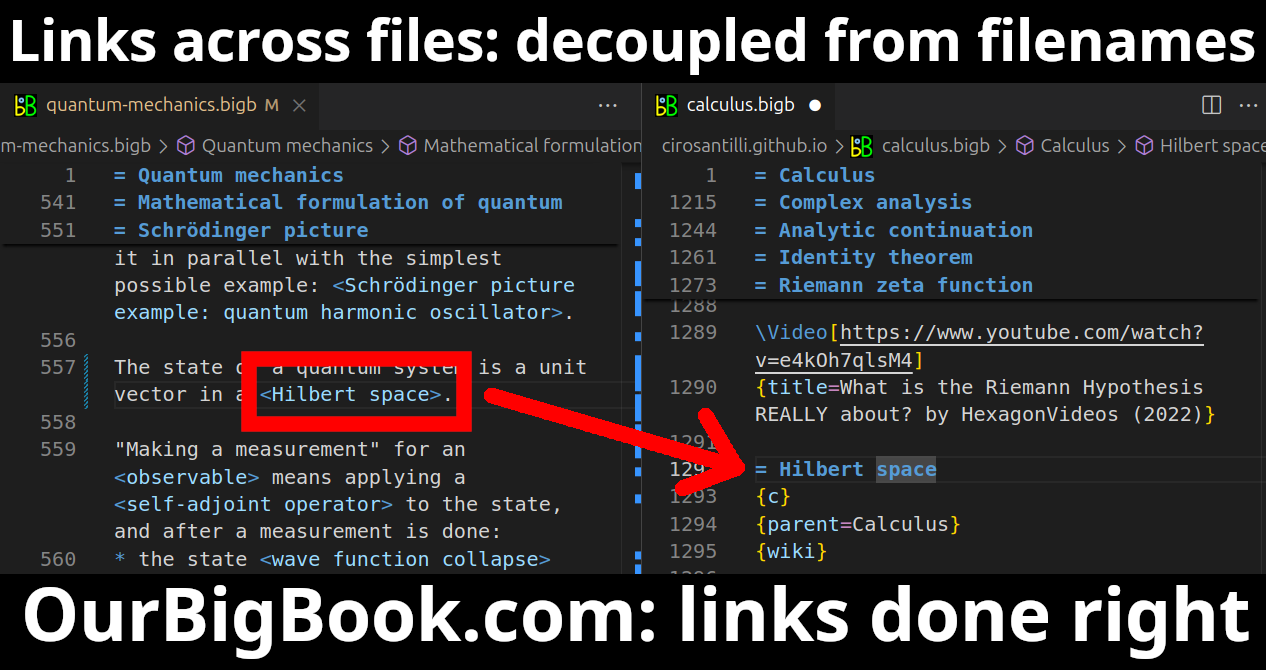Hemendranath Tagore (1859–1915) was a prominent Bengali artist, musician, and painter who belonged to the famous Tagore family of Kolkata. He was the younger brother of the illustrious poet Rabindranath Tagore, who was awarded the Nobel Prize in Literature in 1913. Hemendranath was known for his contributions to various forms of art.
Abraham Klein (born April 11, 1932) is a notable theoretical physicist known for his contributions to quantum field theory and the study of particle physics. He has made significant contributions to the understanding of hadronic interactions and is recognized for his work on the mathematical foundations of quantum mechanics. Klein is also known for his involvement in the development of various theoretical frameworks and models that describe fundamental forces and particles. He has published numerous papers and collaborated with many prominent physicists throughout his career.
August Witkowski may refer to various individuals or contexts, but there isn't a widely known figure or subject by that name up to my last knowledge update in October 2023. If you have more specific information or a context in which August Witkowski is relevant—such as a field (like sports, literature, or science)—I might be able to provide more relevant information.
Karol Olszewski (1846–1915) was a notable Polish chemist, recognized primarily for his contributions to the field of low-temperature physics and for being one of the pioneers of cryogenics. He was a key figure in the liquefaction of oxygen and other gases, which laid the groundwork for advancements in both scientific research and various industrial applications.
The Schur product theorem is a result in linear algebra related to matrices and their positive semi-definiteness. It establishes a relationship between the Schur product (or Hadamard product) of two matrices and the positive semi-definiteness of those matrices.
Gabrio Piola was an influential Italian mathematician and engineer known for his contributions to the fields of mechanics and continuum mechanics. He is particularly noted for the development of the Piola-Kirchhoff stress measures in continuum mechanics, which are used to describe the stress state in deformable bodies. The Piola-Kirchhoff stress tensors are important in the analysis of materials and structures under deformation and are particularly useful in finite element analysis.
Giovanni Caselli was an Italian inventor and engineer best known for his contributions to the early development of the telegraph and photography. He is most notably recognized for inventing the "pantelegraph," a device that could transmit written documents over long distances using telegraph lines, effectively allowing for the remote copying of images and text. Caselli's work in telecommunications was significant in the 19th century, as it helped lay the groundwork for future advancements in communication technology.
Giuseppe Zamboni was an Italian physicist and inventor, best known for his work in electrochemistry, particularly the development of the Zamboni pile—a type of voltaic cell or battery. He is credited with creating a simple and efficient way to generate electrical energy using layers of metal and electrolyte solutions. The Zamboni pile operates by utilizing chemical reactions to produce electric currents, and it is notable for its ease of construction and use.
Alan Tower Waterman (1925–2015) was an influential figure in the field of science and technology policy. He served as the director of the National Science Foundation (NSF) from 1970 to 1972. Waterman was known for his efforts to promote scientific research and education in the United States and for advocating policies that strengthened the national commitment to scientific advancement. In recognition of his contributions, the Alan T. Waterman Award was established by the NSF in 1975.
Hermann Ebert may refer to several individuals, but one notable person is Hermann Ebert (1890–1958), a German physicist known for his work in mathematics and physics.
Eduard Hagenbach-Bischoff (1850-1904) was a Swiss painter known for his landscapes and still lifes. His works are characterized by their vibrant colors and a strong sense of light, often capturing the beauty of nature and the emotions tied to it. He was part of the art movements of the late 19th century, and his paintings reflect a blend of realism and impressionism.
The 2000s was a pivotal decade for robotics, marked by significant advancements in technology, increased interest in automation, and the integration of robotics into various industries. Here are some key highlights from that era: ### 1. **Advancements in Technology:** - **Microcontrollers and Sensors:** The development of cheaper, more powerful microcontrollers and a wide range of sensors (e.g., accelerometers, gyroscopes, cameras) made it easier to build sophisticated robotic systems.
"2000s software" refers to the various software applications, operating systems, and development platforms that were popular or significant during the 2000s decade, which spans from the year 2000 to 2009. This period saw rapid advancements in technology and significant shifts in how software was developed and used.
A strand plain is a type of coastal landform that typically consists of a relatively flat or gently sloping expanse of sand or gravel found along the shoreline. Strand plains are often formed by the accumulation of sediment deposited by waves and currents, creating a broad area of sandy terrain that may be influenced by tidal action and other coastal processes. Strand plains can be characterized by features such as dunes, beach ridges, and occasional low-lying areas that may hold water.
In computing, the term "2003" can refer to various topics, but it is most commonly associated with Microsoft Office 2003, which was part of the Microsoft Office suite of productivity applications released by Microsoft in November 2003. This version included applications like Word, Excel, PowerPoint, and Outlook, and introduced several features and improvements over previous versions, particularly in terms of user interface and collaboration capabilities.
The timeline of computing from 2010 to 2019 is marked by several significant events, innovations, and trends that shaped the technology landscape. Here’s a chronological overview of key developments during that period: ### 2010 - **iPad Introduction**: Apple launched the first-generation iPad in April, revolutionizing mobile computing and the tablet market. - **Cloud Computing Expansion**: Increasing adoption of cloud services like Amazon Web Services (AWS), Microsoft Azure, and Google Cloud Platform.
The 2020s have been a significant decade for robotics, marked by rapid advancements in technology, increased adoption across various sectors, and ongoing research into artificial intelligence (AI) and machine learning. Key trends and developments in robotics during this decade include: 1. **AI and Machine Learning Integration**: Robotics has increasingly integrated AI technologies, allowing robots to learn from data, improve their performance over time, and make autonomous decisions. This has enhanced capabilities in perception, navigation, and human-robot interaction.
The timeline of computing from 2020 to the present includes significant advancements, trends, and events that have shaped the technology industry. Here are some notable highlights: ### 2020 - **COVID-19 Pandemic Impact**: The global pandemic accelerated the adoption of remote work, leading to increased use of collaboration tools like Zoom, Microsoft Teams, and Slack.
Alexander Gaeta is a fictional character from the television series *Battlestar Galactica*, which aired from 2004 to 2009. He is portrayed by actor Alessandro Juliani. In the series, Gaeta serves as the aide to Admiral William Adama and holds the position of a key officer in the Colonial Fleet, often acting as the ship's navigator and later as a lieutenant.
Pinned article: Introduction to the OurBigBook Project
Welcome to the OurBigBook Project! Our goal is to create the perfect publishing platform for STEM subjects, and get university-level students to write the best free STEM tutorials ever.
Everyone is welcome to create an account and play with the site: ourbigbook.com/go/register. We belive that students themselves can write amazing tutorials, but teachers are welcome too. You can write about anything you want, it doesn't have to be STEM or even educational. Silly test content is very welcome and you won't be penalized in any way. Just keep it legal!
Intro to OurBigBook
. Source. We have two killer features:
- topics: topics group articles by different users with the same title, e.g. here is the topic for the "Fundamental Theorem of Calculus" ourbigbook.com/go/topic/fundamental-theorem-of-calculusArticles of different users are sorted by upvote within each article page. This feature is a bit like:
- a Wikipedia where each user can have their own version of each article
- a Q&A website like Stack Overflow, where multiple people can give their views on a given topic, and the best ones are sorted by upvote. Except you don't need to wait for someone to ask first, and any topic goes, no matter how narrow or broad
This feature makes it possible for readers to find better explanations of any topic created by other writers. And it allows writers to create an explanation in a place that readers might actually find it.Figure 1. Screenshot of the "Derivative" topic page. View it live at: ourbigbook.com/go/topic/derivativeVideo 2. OurBigBook Web topics demo. Source. - local editing: you can store all your personal knowledge base content locally in a plaintext markup format that can be edited locally and published either:This way you can be sure that even if OurBigBook.com were to go down one day (which we have no plans to do as it is quite cheap to host!), your content will still be perfectly readable as a static site.
- to OurBigBook.com to get awesome multi-user features like topics and likes
- as HTML files to a static website, which you can host yourself for free on many external providers like GitHub Pages, and remain in full control
Figure 3. Visual Studio Code extension installation.Figure 4. Visual Studio Code extension tree navigation.Figure 5. Web editor. You can also edit articles on the Web editor without installing anything locally.Video 3. Edit locally and publish demo. Source. This shows editing OurBigBook Markup and publishing it using the Visual Studio Code extension.Video 4. OurBigBook Visual Studio Code extension editing and navigation demo. Source. - Infinitely deep tables of contents:
All our software is open source and hosted at: github.com/ourbigbook/ourbigbook
Further documentation can be found at: docs.ourbigbook.com
Feel free to reach our to us for any help or suggestions: docs.ourbigbook.com/#contact
